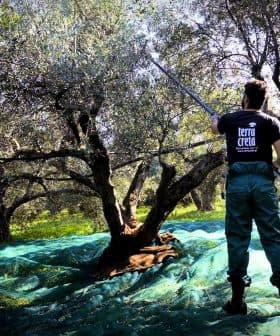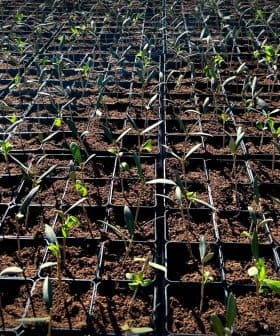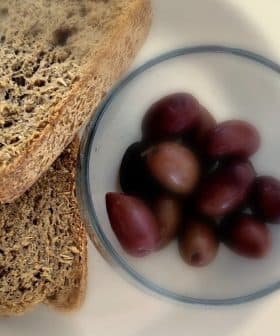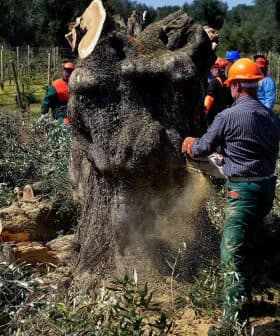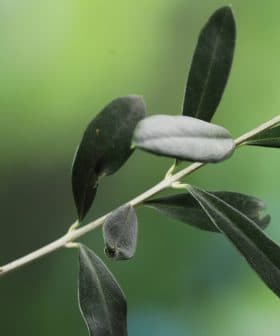Researchers Seek Better Understanding of Olive Drupe Development
By studying the molecular and physiological profiles of the drupes during the stages of development, researchers hope to optimize olive oil and table olive production.
New research in Greece is shedding light on the ripening process of olive drupes, with a focus on the molecular and physiological changes that occur. The scientists hope that this deeper understanding will aid farmers in making decisions for planting olive varieties and contribute to the development of the Greek countryside.
Newly published research in Greece is paving the way to a deeper understanding of olive drupe ripening.
Scientists at the Aristotle University of Thessaloniki investigated how the molecular and physiological profiles of olive drupes change as they go through the ripening process.
This knowledge paves the way for further research, for example with breeding programs, and provides new insights into the final quality features of the fruits.
The researchers hope that a better understanding of ripening will help farmers make the best decisions for planting table olive and olive oil-producing varieties. The scientists explained that one of the project’s main goals is to help develop the Greek countryside while promoting the interests of producers and consumers.
See Also:European Project Studies Olive Genetics to Prepare Growers for The Future“At the same time, emphasis is placed on plant protection and the fight against important enemies of the olive tree,” Evangelos Karagiannis, who led the research team, told Olive Oil Times.
The researchers emphasized that olive development is a complex biological process that affects the human diet, and their study aimed to understand the molecular basis of olive quality better.
“This means that by deploying high-throughput analyses, such as liquid chromatography or gas chromatography-mass spectrometry techniques and others, we obtain novel proteomic [the large-scale study of proteins] and metabolomic data,” Karagiannis said.
“This provides new knowledge about the molecular and physiological profile of the olive during drupe development,” he added. “This knowledge paves the way for further research, for example with breeding programs, and provides new insights into the final quality features of the fruits.”
According to the researchers, multilevel studies integrating olive transcriptomics (the study of an organism’s RNA), proteomics and metabolomics are still lacking.
“Such an analytical approach will provide an enormous amount of data that expands our knowledge in the olive development and maturation process,” the researchers wrote.
The first metabolomic investigation conducted by the Greek researchers focused on the Chondrolia Chalkidikis cultivar.
“This cultivar is characterized by its big and green olives that are harvested by hand,” Karagiannis said. “It was selected because it is widespread in northern Greece. Its drupes were mainly picked during the green-mature stage right before they turned purple.”
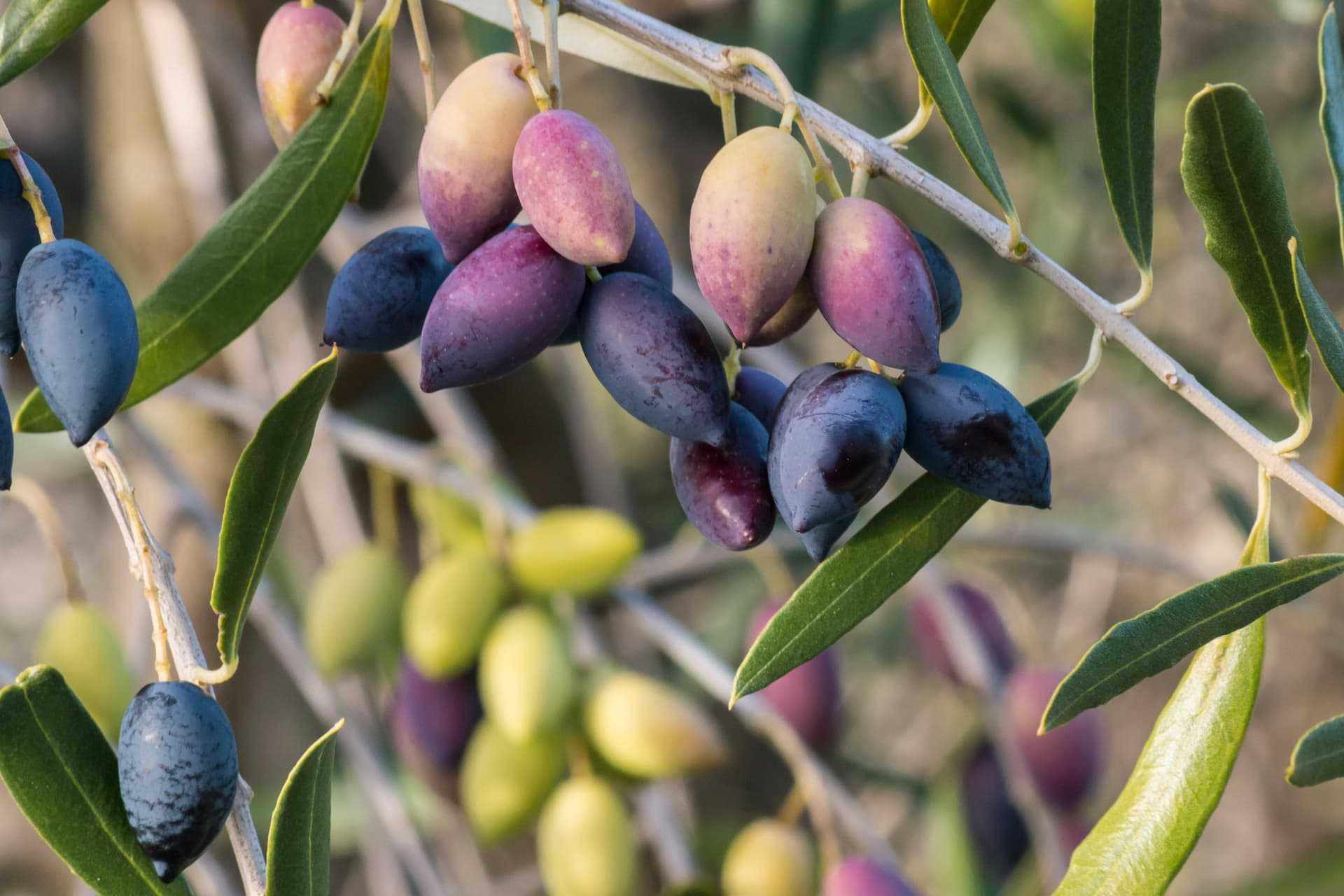
Those fruits were then examined in six subsequent stages of ripening. The amount of primary and secondary metabolites and proteins were identified, and how they changed throughout the ripening process was also observed.
“We obtained a metabolomic and proteomic profile of Chondrolia Chalkidikis at the green-mature and purple-turning-black stages, which are the stages mostly used for both table olive and olive oil production,” Karagiannis said. “This allowed us to understand the relevant biochemical pathways associated with the development process.”
“More specifically, this approach will provide new insights and update our current knowledge on the important role of proteins and metabolites in drupe development and ripening, and thus would provide a basis for further study on olive ripening biology,” he added.
The olive fruit ripening transition from the green-mature to the purple-turning-black stage triggers numerous phenotypical and physiological changes – for example, the softening of the drupe. It also leads to changes at the molecular level, such as carbohydrate regulation.
“According to the results of our study, at the purple-turning-black stage, the main highlights are carbohydrate metabolisms, such as cellobiose and galactose, and oleuropein accumulation,” Karagiannis said. “On the other hand, at the green-mature stage, several photosynthetic-related proteins were significantly up-regulated.”
“This result clearly indicates the direct connection between the phenotypical characteristics of the olives – for instance, their green color – with changes in the molecular-biological level, such as the increase of the photosynthetic proteins,” he added.
At the current research stage, scientists are investigating how much the observed metabolomic shifts during ripening depend on factors such as the cultivar or the tree’s location.
“Both metabolomic and proteomic shifts depend greatly on distinct parameters such as the evaluated cultivar, growing location, terrain, water supply, stage of development and so on,” Karagiannis said.
“For instance, it is known that oleuropein is the most accumulated compound in olive drupes,” he added. “However, in green-colored olive cultivars at harvest period, oleuropein concentration could remain at high levels or may fall to zero at full maturation in some purple-black-colored cultivars.”
“Moreover, it is worth mentioning that most of the olive developmental-related studies are mainly focusing on the secondary metabolism, without providing certain information about the primary metabolism, which is directly involved in fruit’s normal growth and development,” Karagiannis continued.
Overall, the researchers observed several key changes of the proteins and the metabolites they believe lay the groundwork for further studies to understand olive fruit development better.
“This study uncovered the important role of proteins and metabolites that are associated with drupe development and would provide a basis for further study on olive biology,” the researchers concluded.




